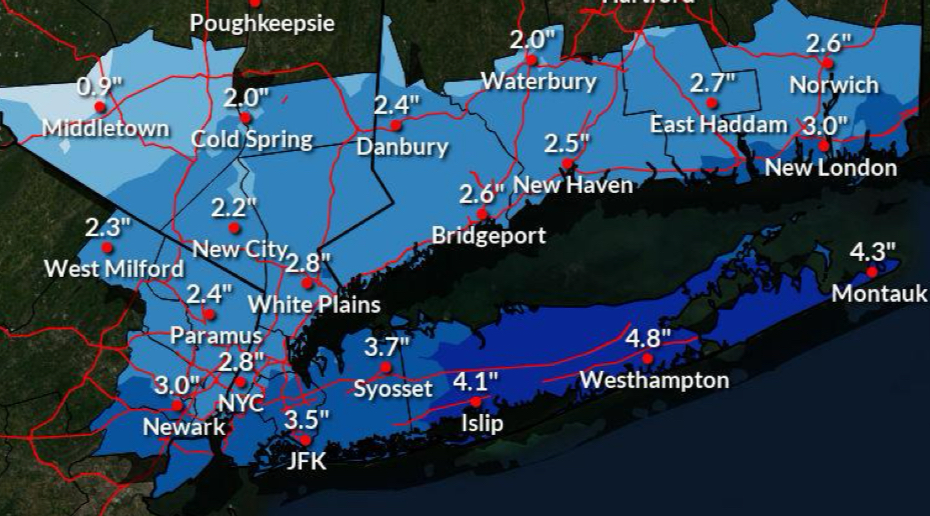Crustacean Controversy: Seafood Watchdog Red Lists Lobster, East End Bites Back
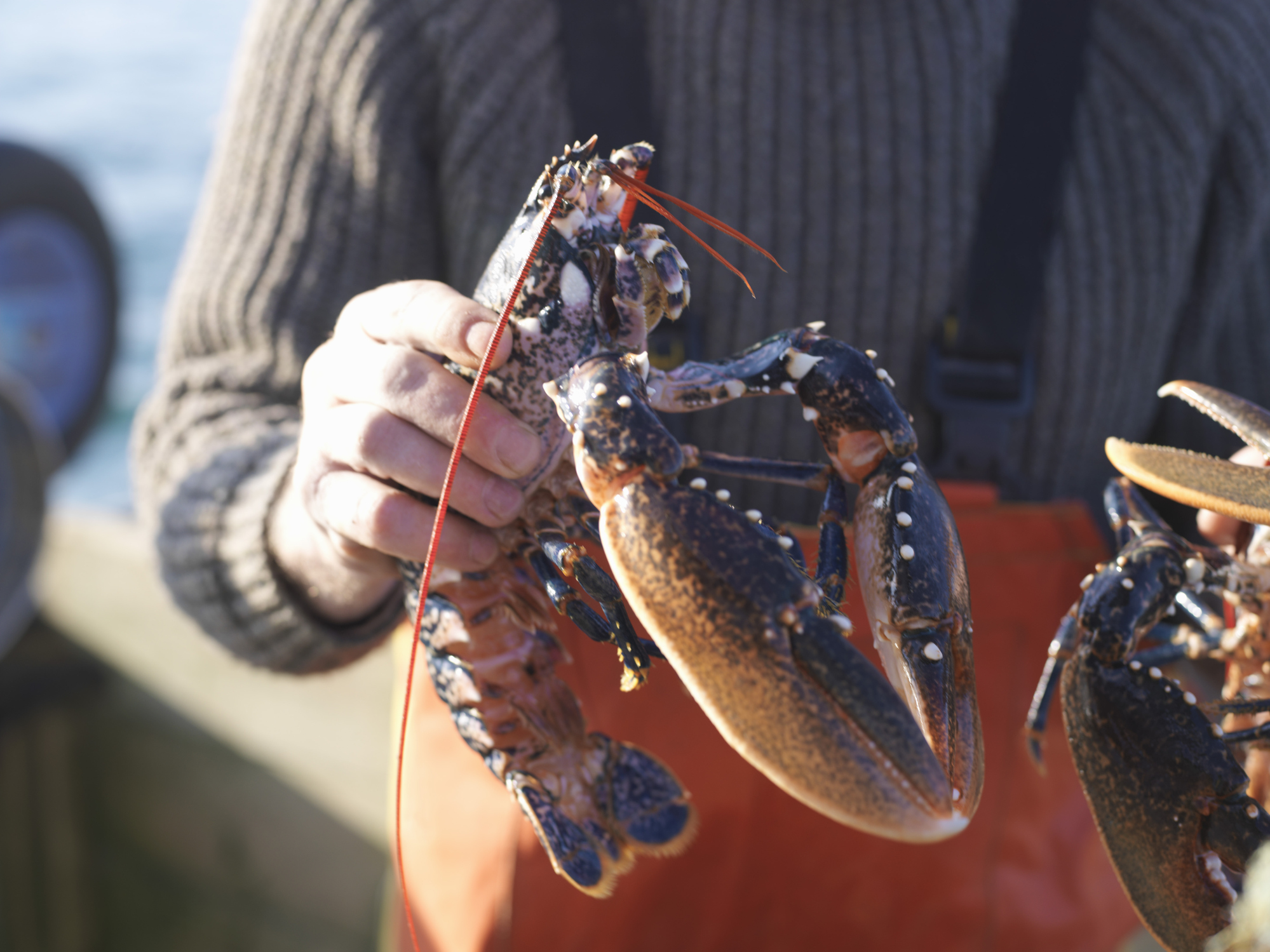
A fishing industry watchdog group made a splash when it recently urged the public not to eat American lobster — a mainstay on menus at many eateries on the East End.
Advocates with Seafood Watch argue that the traps commercial fishing companies use to catch lobster off the coast of Maine and Canada can cause endangered whales to become entangled in the lines that connect to the ocean floor. Lobster industry leaders maintain that a whale hasn’t been caught in their lines in decades. And in the Hamptons and on the North Fork, there is no sign that a number of lobster-centric seafood restaurants that call the region home will join other companies beyond its shores in vowing to stop selling lobster as a result of the red listing.
“The real problem is that the research on this is really flawed,” says Fredrick Terry, a partner in The Lobster Roll aka LUNCH, which popularized the eponymous lobster salad sandwich on Long Island. Noting that Maine lobster traps feature breakaway apparatus that inhibit entanglements, he says: “The type of trap lobster men and women use are nothing like the king crab traps or snow crab traps that are deep water.”
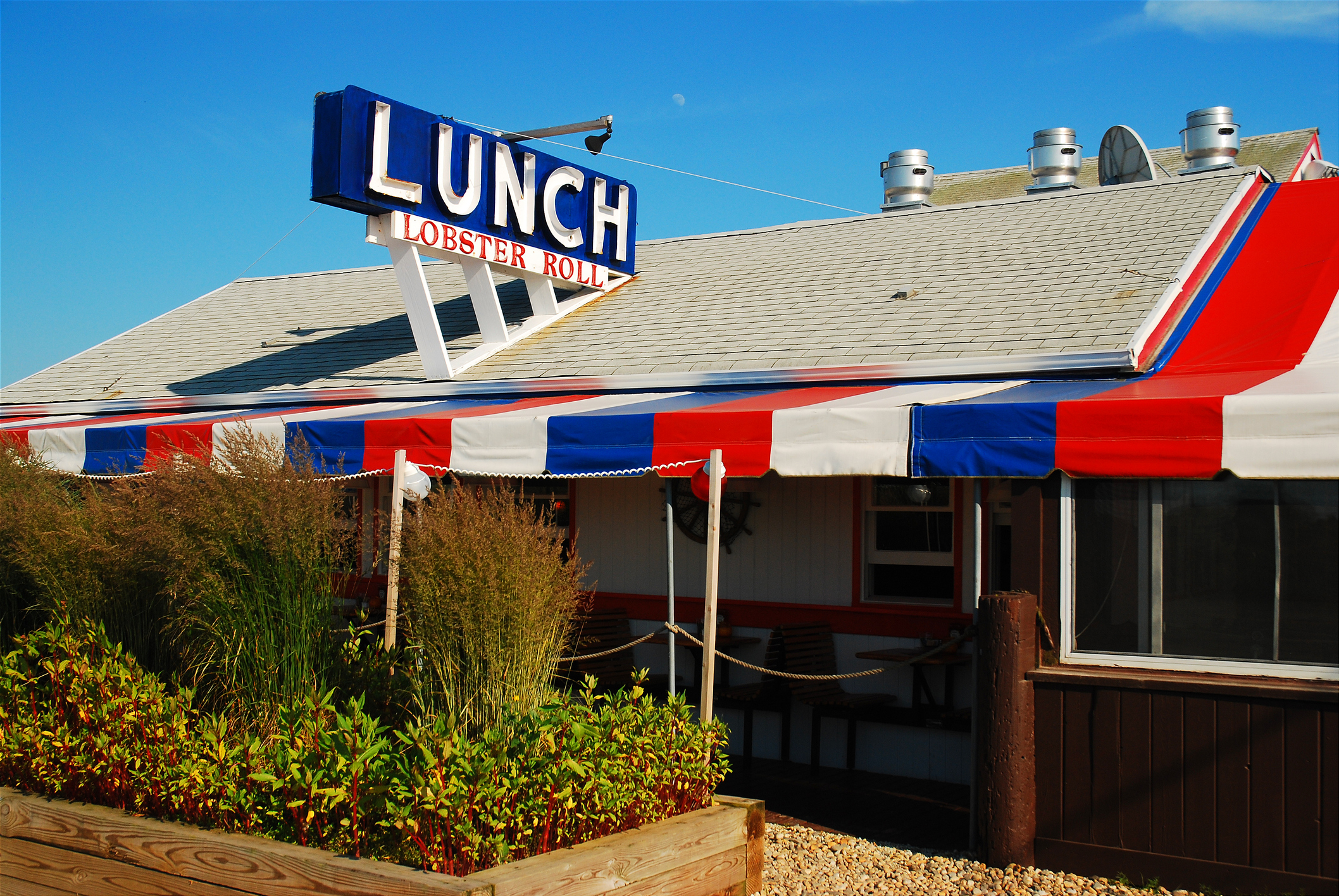
Seafood Watch, based at Monterey Bay Aquarium in California, said in a report that the fishing industry is a danger to North Atlantic right whales because “current management measures do not go far enough to mitigate entanglement risks and promote recovery of the species.”
Not since Gourmet magazine published David Foster Wallace’s 2004 essay (and book) “Consider The Lobster” that debated the ethics of the widespread practice of boiling the animal alive have lobsters been the subject of such a hotly contested controversy.
Many businesses have pledged to avoid any items that appear on the Seafood Watch red list. A spokesperson for Blue Apron, the New York-based meal kit retailer, said the company stopped offering a seasonal lobster box prior to the report, and all of the seafood it is currently using follows Seafood Watch’s guidelines. HelloFresh, the Germany-based meal kit company that is the largest such company operating in the U.S., also pledged shortly after the announcement to stop selling lobster.
“HelloFresh is committed to responsible sourcing and follows guidelines from the Monterey Bay Aquarium Seafood Watch program,” said Saskia Leisewitz, a spokesperson for HelloFresh.
On Long Island, lobster meat soaked in butter and served on a steamed hotdog bun is a summertime staple among seafood lovers. But just like The Lobster Roll, which has locations in Napeague and Southampton, it is doubtful that the restaurants’ namesake meat will be pulled from the menu at Lobster Wok in Riverhead, Manna at Lobster Inn or the Shinnecock Lobster Factory — both of which are also located in Southampton — or MTK Lobster House, which has locations in Montauk and Sag Harbor.
“In my opinion, it’s an overreaction,” says Terry. “It’s absurd. We haven’t seen a significant effect on the lobster salad consumption in our market.”
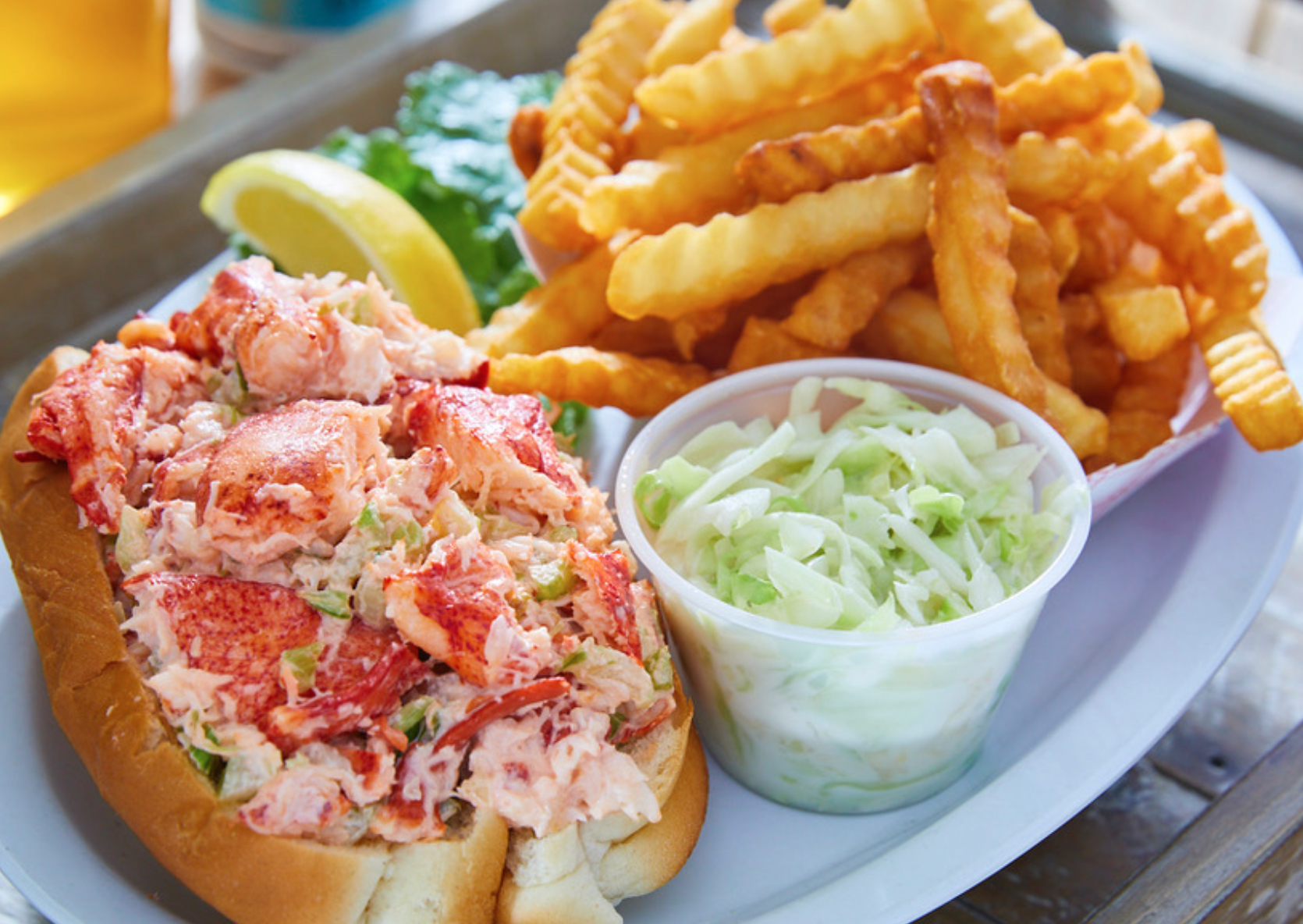
He noted that the mail order business for the restaurant’s lobster roll kits continues to grow weekly despite the Seafood Watch report. But for those who are concerned, he said the company is working out the recipe for mock lobster — the lobster equivalent of the impossible burger faux meat trend — that could eventually help ease the conscience of conscientious consumers concerned about the source of their crustaceans.
Seafood Watch assigns ratings of “best choice,” “good alternative” and “avoid” to more than 2,000 seafood items based on how sustainably they are managed. The organization’s recommendations have been influential in the past, such as when it red-listed the Louisiana shrimp fishery, prompting efforts to better protect sea turtles. The fishery was later removed from the red list.
Now it’s the lobster fishing industry’s turn under the microscope, although this time it’s because of whales, not turtles. The North Atlantic right whales number less than 340 and entanglement is one of the two biggest threats they face, along with collisions with ships, scientists with the National Oceanic and Atmospheric Administration (NOAA) and other groups have said. The population of the giant animals, which were decimated during the commercial whaling era generations ago, has fallen in recent years.
North Atlantic right whales experienced what NOAA dubbed an “unusual mortality event” (UME) between 2017 and 2019, during which 34 dead stranded whales were recorded — 21 in Canada; 13 in the United States.
“The leading category for the cause of death for this UME is “human interaction,” specifically from entanglements or vessel strikes,” the agency stated. “Additionally, since 2017, 20 live, free-swimming, non-stranded whales have been documented with serious injuries from entanglements or vessel strikes.”
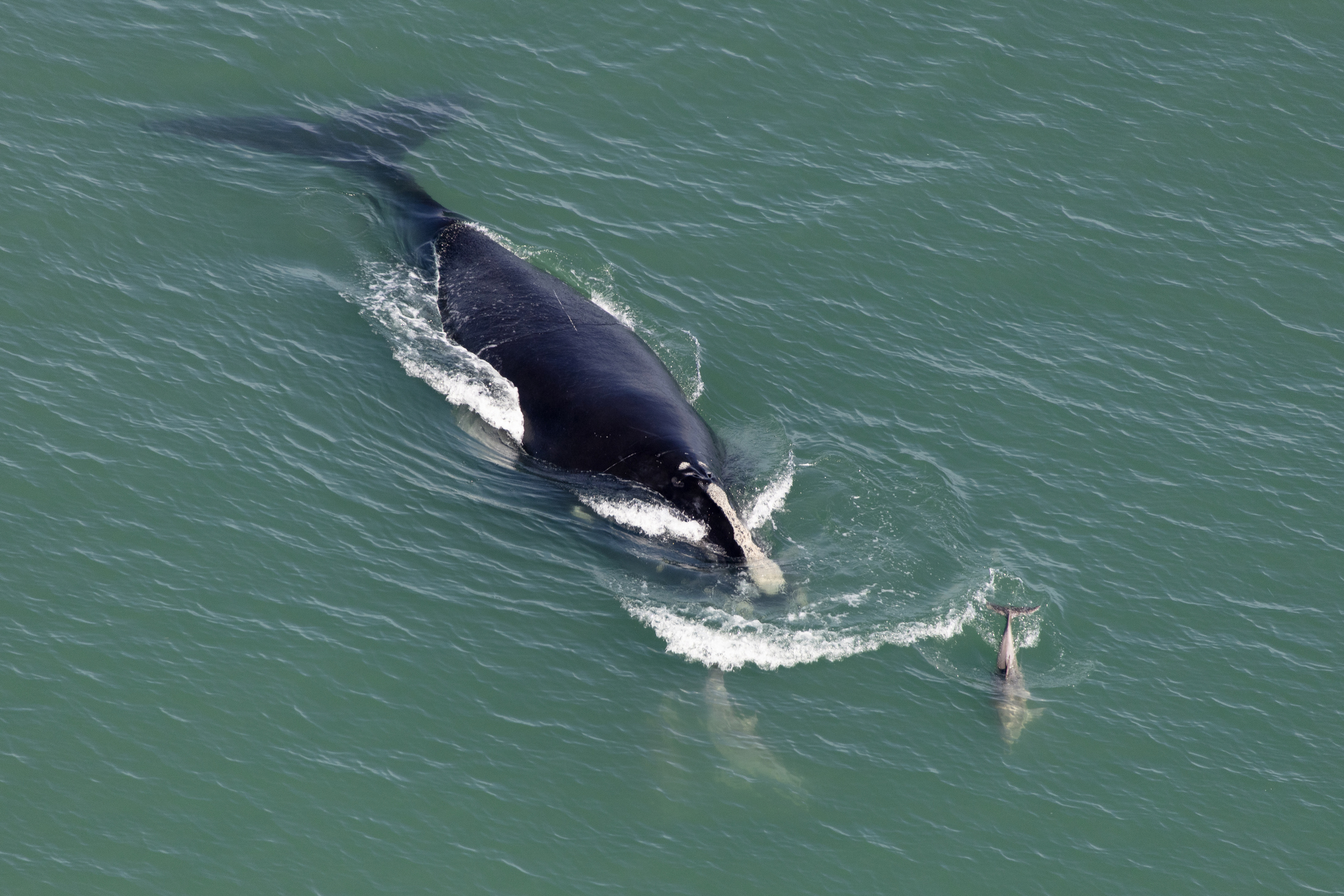
Members of the lobster fishing industry, which is also coping with increased federal fishing restrictions to protect the whales, pushed back against the Seafood Watch rating. The lobster industry in Maine, where most of the U.S.’s lobster comes to land, has not had a documented interaction with a right whale in almost two decades, said Patrice McCarron, executive director of the Maine Lobstermen’s Association.
“Lobster is one of the most sustainable fisheries in the world due to the effective stewardship practices handed down through generations of lobstermen,” McCarron said. “These include strict protections for both the lobster resource and right whales.”
Bonnie Brady, executive director of the Montauk-based Long Island Commercial Fishing Association, stood with her colleagues in Maine.
“I don’t really lend any credence at all to their assessment,” Brady said. “There’s regulations for every fishery based on time of year, what kind of gear you’re using, what you’re allowed to use, the size of the nets … all of the fisheries that are landed in the U.S. are by definition sustainable. And they’re just misleading the public by saying that.”
Long Island’s lobster fishing industry — which had generated $12 million annually — is slowly making a comeback after collapsing in 1999 following a massive die-off. Federal funding was approved earlier this year to remove hundreds of thousands of derelict lobster traps abandoned in the Long Island Sound.
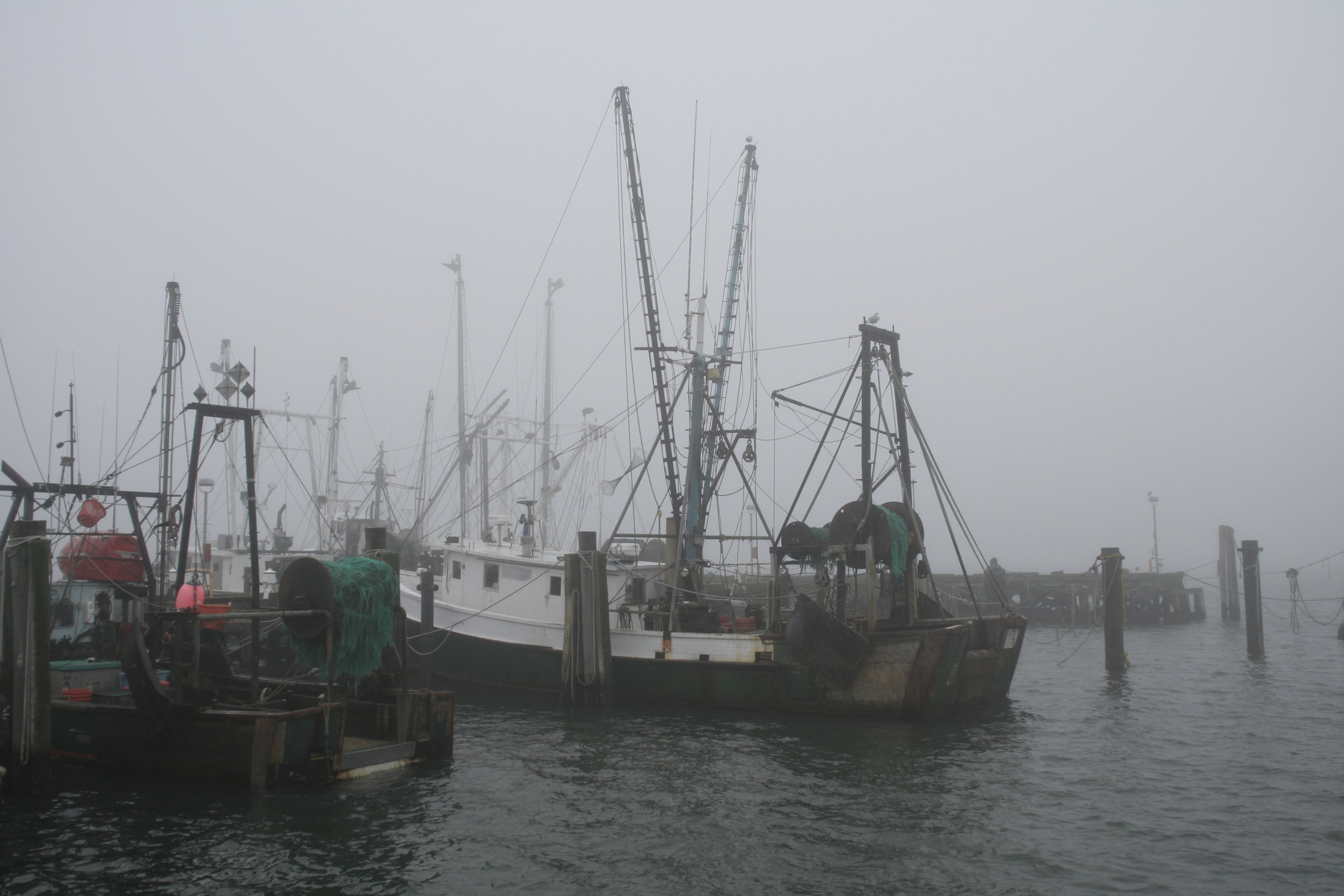
American and Canadian lobster fishermen target the same species, the American lobster, which is popular as live seafood and in processed products such as lobster rolls and lobster ravioli. The vast majority of the world’s American lobster comes to the shore in New England and eastern Canada, and the crustaceans are both a key piece of the economy and a cultural marker in both places.
The U.S. lobster fishery is also one of the most lucrative in the country and was worth more than $900 million at the docks in 2021, when fishermen caught more than 130 million pounds of the crustaceans.
Seafood Watch partners with numerous major seafood buyers on its recommendations. Some of the buyers, such as Compass Group and Cheesecake Factory, did not respond to requests for comment from The Associated Press. A spokesperson for one, Mars Petcare, said the company doesn’t have lobster in its supply chain.
Environmental groups said Seafood Watch’s decision places a spotlight on the fishery and the need to do more to protect whales.
“Fishery managers must increase protections to save North Atlantic right whales so seafood retailers, consumers, and restaurants can put American lobster and crab back on the menu,” Oceana campaign director Gib Brogan said.
-With Associated Press


